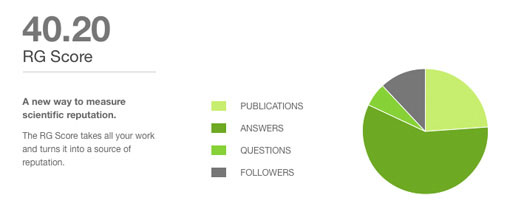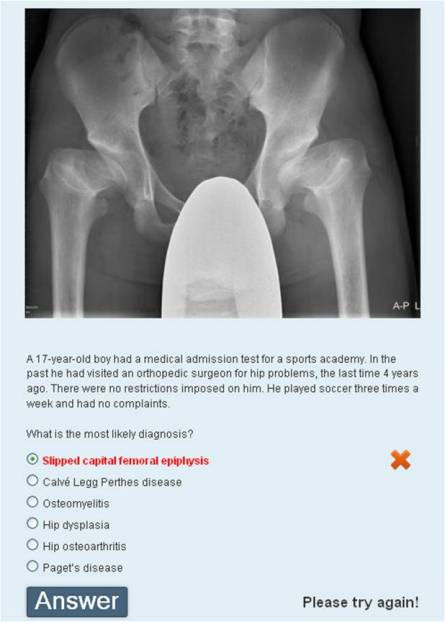Crowdbooster: when is your best time to tweet?
15 Nov, 12 | by BMJ
In a very popular ‘Assessing social media impact’ session at SpotOn London this week, a number of social media tools were discussed. Twentyfeet cropped up (mainly due to the visibility of its automated weekly updates on free accounts) along with Klout and PeerIndex, with varying degrees of enthusiasm from participants.
The most interesting take-away for me personally was an introduction to Crowdbooster. It’s a free tool that lets you pull together statistics for one Twitter and one Facebook account. (If you want to add multiple accounts, you’ll need to pay).





 Photos perform best across the board, followed by text and video, according to the data. News links bring in the lowest number of likes, shares and comments. In opposition to Twitter, posts with a high number of self-referential words such as “I” and “me” get more likes . “It’s also important to be passionate, not neutral,” which means that both positive and negative posts tend to do well.
Photos perform best across the board, followed by text and video, according to the data. News links bring in the lowest number of likes, shares and comments. In opposition to Twitter, posts with a high number of self-referential words such as “I” and “me” get more likes . “It’s also important to be passionate, not neutral,” which means that both positive and negative posts tend to do well. 

